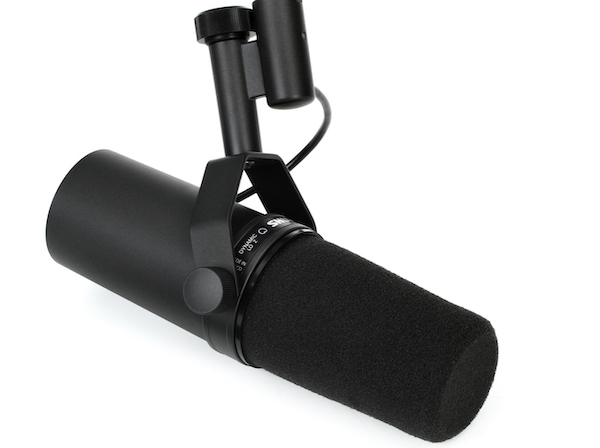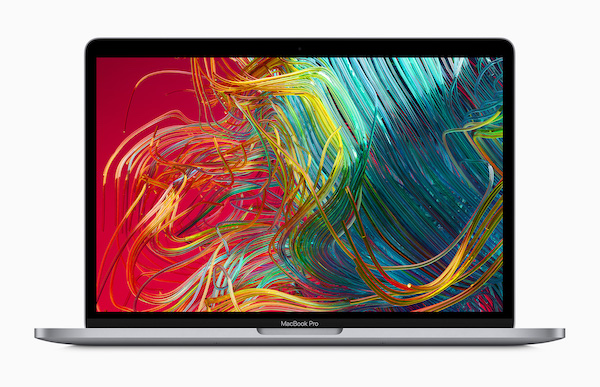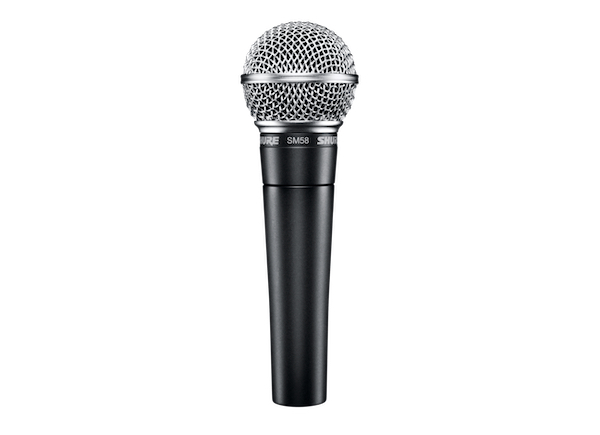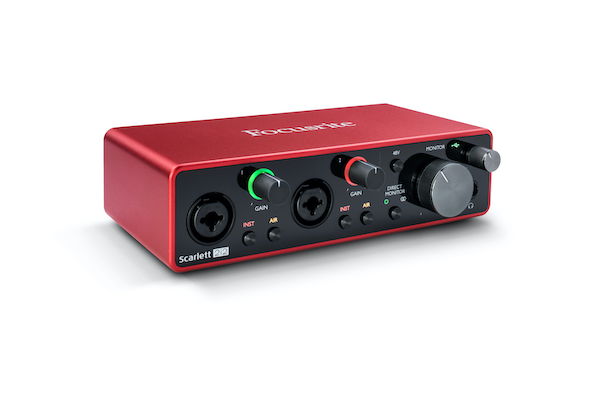Rode
Podcasting Setup Update and the Shure SM7B
 As I mentioned in a previous post outlining my new, improved podcasting setup I’ve been waiting patiently for the Shure SM7B microphone to arrive. Well, it arrived.
As I mentioned in a previous post outlining my new, improved podcasting setup I’ve been waiting patiently for the Shure SM7B microphone to arrive. Well, it arrived.
I’ve already set it up and recorded a new episode of The Flickcast with it. Expect that one soon. In the meantime, I’m happy to report that, to me at least, the mic more than lives up to the hype. In fact, it’s great.
It’s so great, in fact, I’m done looking. As in I will never use a different mic. Ever. I’m hooked.
Anyway, that’s it. Let me know if you have any questions about the Shure SM7B, my podcasting setup or podcasting in general. Happy to help if I can.
Oh, I should mention we recently launched a Patreon for The Flickcast. If you feel like supporting our show, I would really appreciate it.
Thanks so much and stay safe!
Podcasting And My New, Improved Setup
Even though I really did consider keeping my head down and trying to just “make it through” this time of COVID, turns out I couldn’t really do that. I’m not a “wait and see” type after all, but I guess I already knew that.
Instead, after due consideration, me and some pals decided to revive The Flickcast podcast and bring it back stronger than ever. Seems right. It was a good show. It can be a great show. We’re working on it.
I enjoy podcasting and I’m not sure why I stopped. Hard to say. Anyway, now I’m back into it and the first new episode of The Flickcast dropped this week. Give it a listen, and if you like it, tell a friend. Thanks.
Now with the promotional portion of our story over (for the moment at least) we are now on to to the actual topic of this post: my new podcasting setup. If you know me, you know I love gear. Gadgets. Tech. Stuff. And of course, I still love analog things too. I haven’t given those up, don’t worry.
However, it’s hard to do a podcast without some technology and really a podcast with all analog gear would just be, well, a live stage show, which is kinda a bad idea right now. So, tech it is.
Knowing I wanted to have much better sound quality this time around I decided to upgrade my podcasting setup and go for improved audio and an overall more professional show. I’m sure I can achieve at least one of those.
I’m still in the process of finishing some upgrades, but here’s the new setup for the moment:
My microphone of choice is a classic, the Shure Sm58. My eventual mic, the Shure SM7B, is currently on back order but should arrive soon. Until then, the SM58 is no slouch. It sounds really good.
I hang the mic on a Rode PSA1 boom arm attached to my desk to get it in the right position. The arm makes it much easier to adjust the mic and get it where it needs to be. It also gets the mic off of my desk, which improves sound quality and helps reduce those pesky vibrations and keyboard sounds. Plus, it just looks cool.
The SM58 is connected via XLR cable to one of the two inputs on my Focusrite Scarlett 2i2 box, which allows the signal to be converted to digital and recorded into Logic Pro X on my MacBook Pro via the Scarlett’s USB interface. This box does a great job and the audio sounds super clean. Such a great little device.
Also connected to the Sm58 in line between the mic and the Scarlett 2i2 is a mic activator called the Cloudlifter CL1. Those little blue boxes help boost the audio and make me sound even better. I could explain in more detail why the Cloudlifter is a great device and how it works, but this isn’t that kind of technical review. Just know it does a great job.
The Scarlett is connected to my MacBook Pro (more on that in a different post) via USB-C cable, which allows it to not only interface with the Mac but also be powered by it. So, no need to plug it into a wall outlet or anything, which is nice.
Finally, I record and edit audio in Apple’s Logic Pro X running on the previously mentioned 2020 13" MacBook Pro with a 2.3 Ghz Quad Core i7 processor and 16 GB of RAM. Not gonna lie, it’s a sweet machine.
I used Final Cut Pro for video editing for a long time so Logic seemed like a, well, logical way to go as the interface and workflow is similar to FCP. I did also try Adobe’s Audition for a bit, but I don’t really like renting software on a monthly basis, so buying Logic Pro once and being able to own seemed like a good idea.
At the moment, I don’t do much audio editing for The Flickcast as, thankfully, we have a great producer who does most of that (Hi Mike). But I like to learn new things so I’ve been studying and practicing with Logic Pro X. Also, The Flickcast isn’t the only podcast I’m going to be doing (more on that later too), so being able to edit and adjust audio will be good skills to have.
Oh, in addition to these things, you’ll also need some XLR cables and a USB-C cable. For XLR, I’ve always been a Mogami guy, so get those if you can. Sure, they aren’t cheap, but they last forever and do a great job. On less thing to worry about.
For USB-C, I usually won’t pay Apple’s prices and instead get cables from Anker. They’re just as good, if not better, and way less expensive. You will also want a pair of headphones for monitoring your audio when recording and for editing and mixing it afterward. Currently, I use the Sony MDR-7508, just like most everyone else. Hey, they work.
This wasn’t a real, in depth, review of these devices but I just wanted to give a little info on my new, improved setup in case people were interested. That said, if you have questions about any of this, feel free to ask. I think people should try to help others and spread the knowledge. We’re all in this together, after all.
If you want to subscribe to The Flickcast, you can find it at Apple Podcasts, Spotify, Google, Stitcher and at the show’s website.


